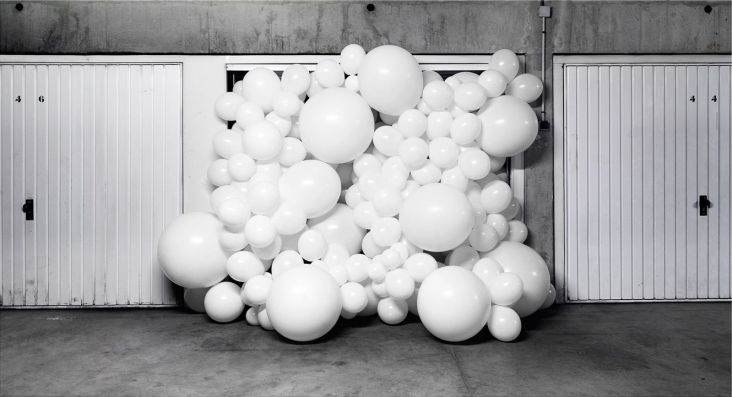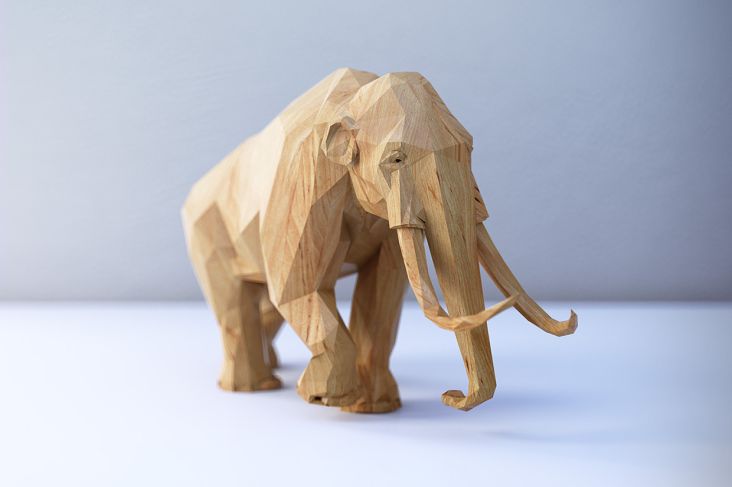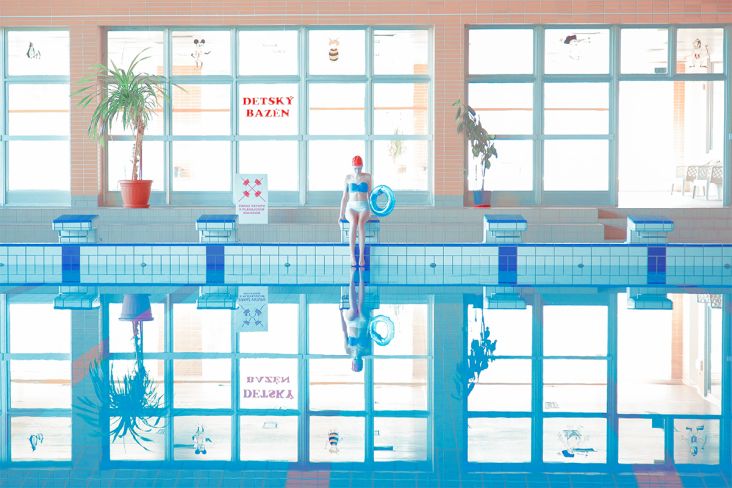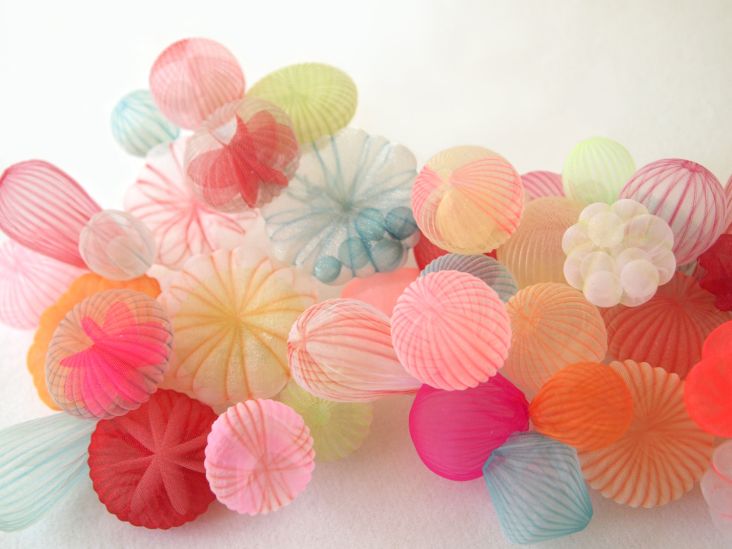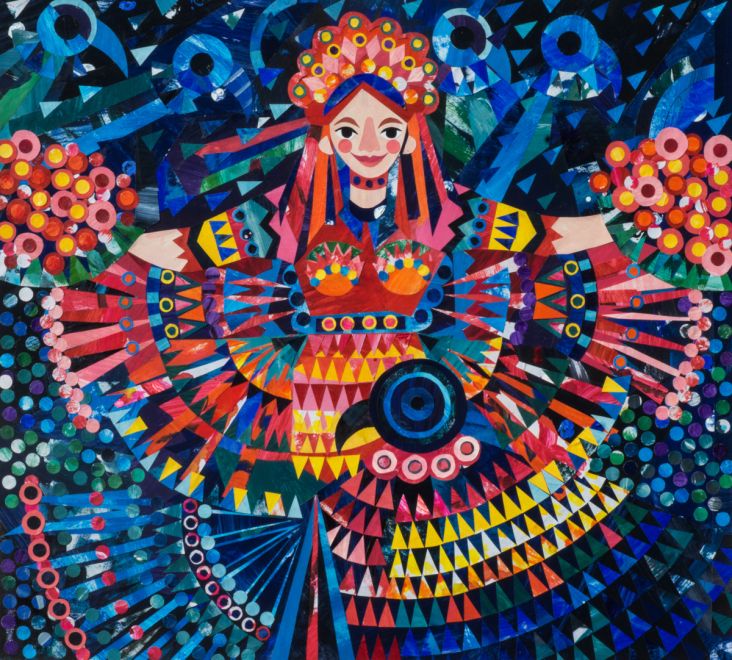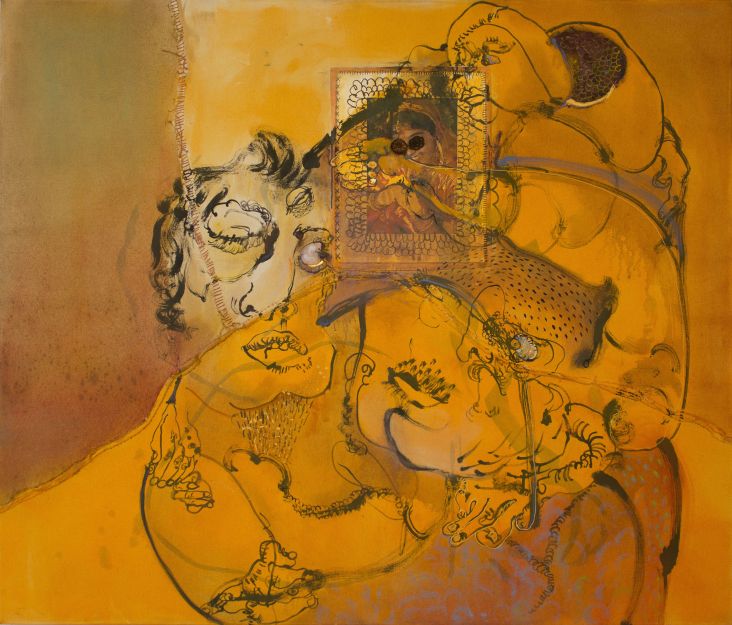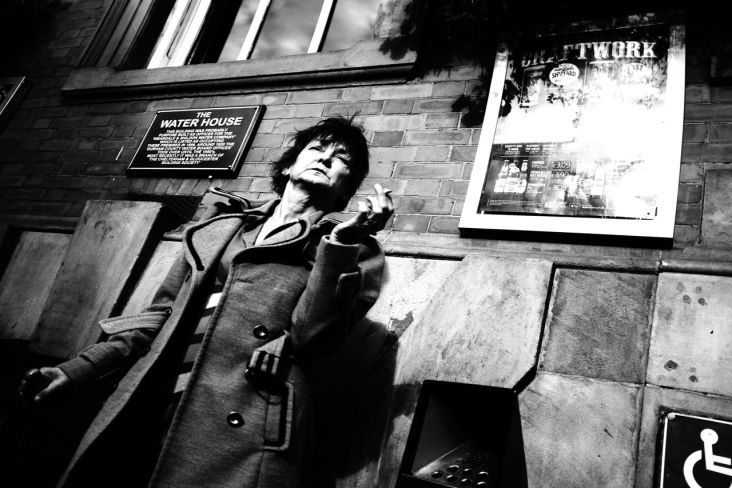Photographer Christopher Payne on abandoned places and the importance of cultural heritage
Award-winning, acclaimed photographer Christopher Payne specialises in architectural photography and the large-format documentation of America's industrial heritage.
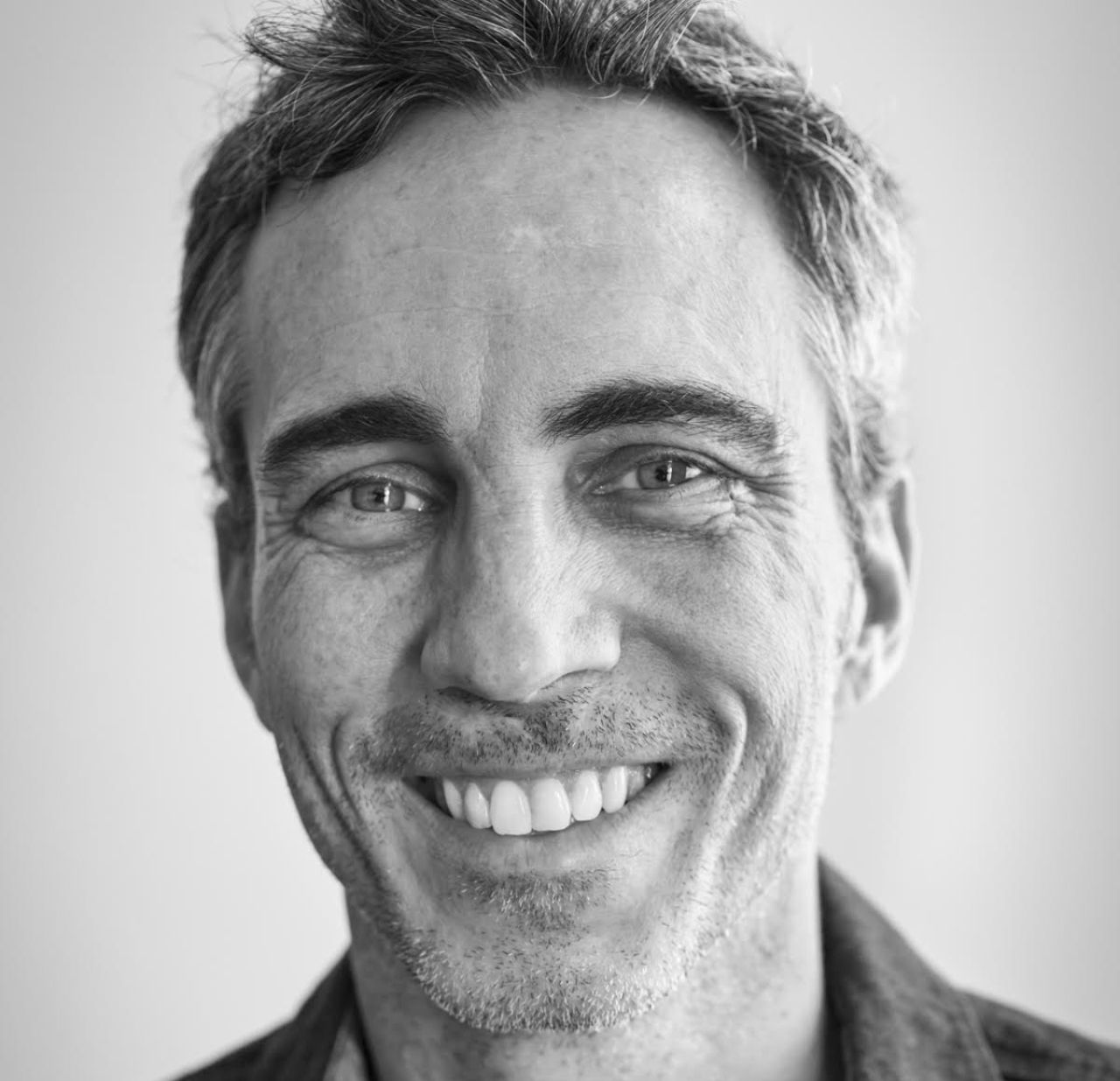
Originally trained as an architect, he is fascinated by design, assembly, and the built form. His first book, New York's Forgotten Substations: The Power Behind the Subway, offered dramatic, rare views of the behemoth machines that are hidden behind modest facades in New York City.
His second book, Asylum: Inside the Closed World of State Mental Hospitals, was the result of a seven-year survey of America's vast and largely abandoned state mental institutions. His third book, North Brother Island: The Last Unknown Place in New York City, explores an uninhabited island of ruins in the East River. His photographs invoke the former grandeur of the site over different seasons, capturing hints of buried streets and infrastructure now reclaimed by nature.
Christopher's recent work includes a series in progress on the American textile industry, veering away from his usual documentation of the forgotten and abandoned and moving towards a celebrating of craftsmanship and small-scale manufacturing. He has just published his fourth book, Making Steinway: An American Workplace, a tour through the famous Steinway & Sons piano factory in Astoria, Queens.
We caught up with Christopher to talk about his fascinating work, projects, and inspirations, and to see if he can share any wisdom with aspiring photographers.
Tell us how you got to where you are now. Where did you study? Where have you worked?
I did my undergrad at Columbia and received an architecture degree from the University of Pennsylvania in 1996. After that, I worked at several architecture firms until the 2008 financial crash, when my office closed. This freed me to finish my second book, Asylum, and focus full time on photography.
I didn’t start taking pictures until I was 30 when I was writing my first book, New York's Forgotten Substations: The Power Behind the Subway. For this book, I was making detailed drawings of the giant electrical machines in the substations, but I rarely had time to finish the drawings on-site, so I took pictures to help me complete them later at home.
Over time these snapshots became more complex, and I found myself enjoying the preparation and taking of the pictures more than I did the drawings. It was a gradual process, but once the book was finished I knew I had found my calling.
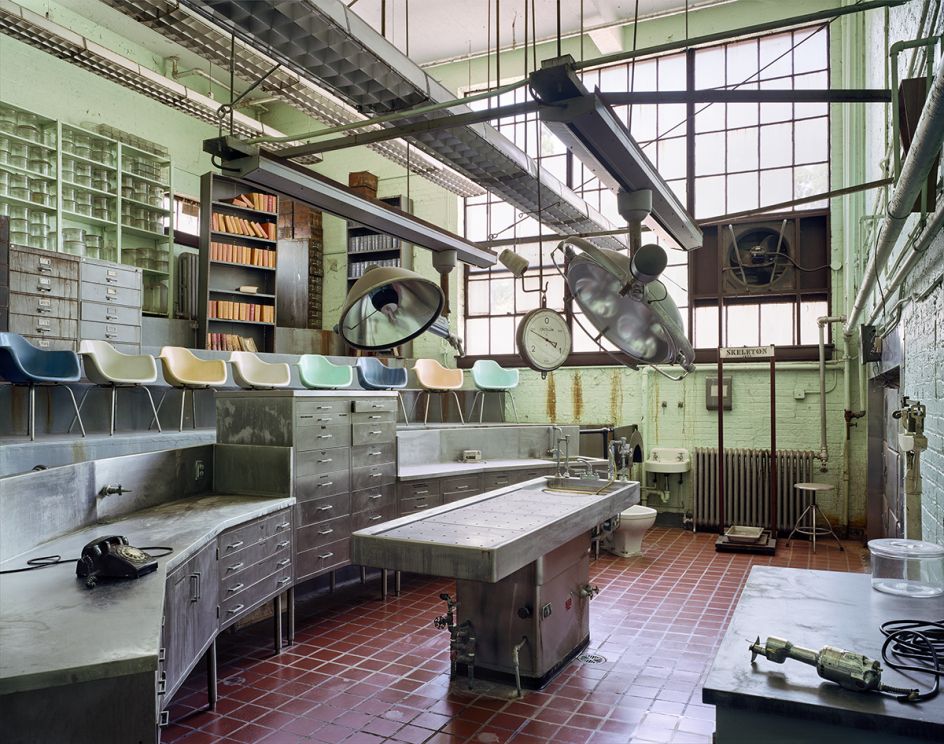
Asylum - © Christopher Payne

Substations - © Christopher Payne
So you didn't always know you'd be a photographer?
I had no idea I would go into photography, though I was exposed to it by my father as a child, and later as an architecture student while working for the National Park Service, documenting historic structures around the US. I was responsible for producing measured drawings of old bridges, dams, and grain elevators. As part of the survey, a photographer would also take large-format pictures, which elevated the prosaic, and sometimes dilapidated, structures to a level of art and beauty that I could not have imagined previously. These pictures helped me see and appreciate what I thought I knew so well in a totally fresh way. I said to myself: 'Wow…I wish I could do that!'.
So you've already mentioned your early work. It explored the obsolete... empty substations, derelict asylums... What was it about these places that sparked your curiosity?
My interest in abandonment is a by-product of the subjects I am most drawn to industrial processes and hidden infrastructure, and the old buildings that house them. Many of these places were designed for a specific purpose at a particular time, so the architecture is unique, never to be replicated again.
A lot of your latest projects focus on the finer details of manufacturing and craftsmanship. Why the new direction?
My new work is really an extension of the old, a celebration of manufacturing and craftsmanship that’s happening in the present instead of the past. Given my background in architecture, I have always been interested in how things are designed, constructed, and how they work.
When I was photographing the state hospitals for Asylum, I was most fascinated by their operation as self-sufficient communities, where almost everything of necessity was produced on-site, including food, water, power, and even clothing and shoes. Some of the first textile mills I photographed reminded me of the hospital workshops, but while those places had long been abandoned, the mills were fully operational.
I am also deeply concerned about the loss of craftsmanship and manufacturing in the American workplace. We don’t make anything anymore, and in this era of service jobs and office work, most of us have never been inside a factory. Several decades of overseas competition, unequal trade policies, and a flood of cheap imports have decimated American factories. Since 1990, job losses in apparel and textiles have been greater than those in any other type of manufacturing, and today we have little idea where, or how, the shirt on our back is made. Taking on a project about this iconic industry seemed like an effective way to tell the story of American manufacturing as a whole—how it has changed and what its future may hold.
Recently I finished my fourth book, Making Steinway, a tour through the famous Steinway & Sons piano factory in Astoria, Queens where skilled workers create some of the finest musical instruments in the world. With Asylum, I tried to recreate a whole from parts that survived here and there, across the country, but with Steinway, my photographs are the opposite: a deconstruction of something we all know and love as a whole into its unseen constituent parts, and a glimpse into the skilled labour required to make them.
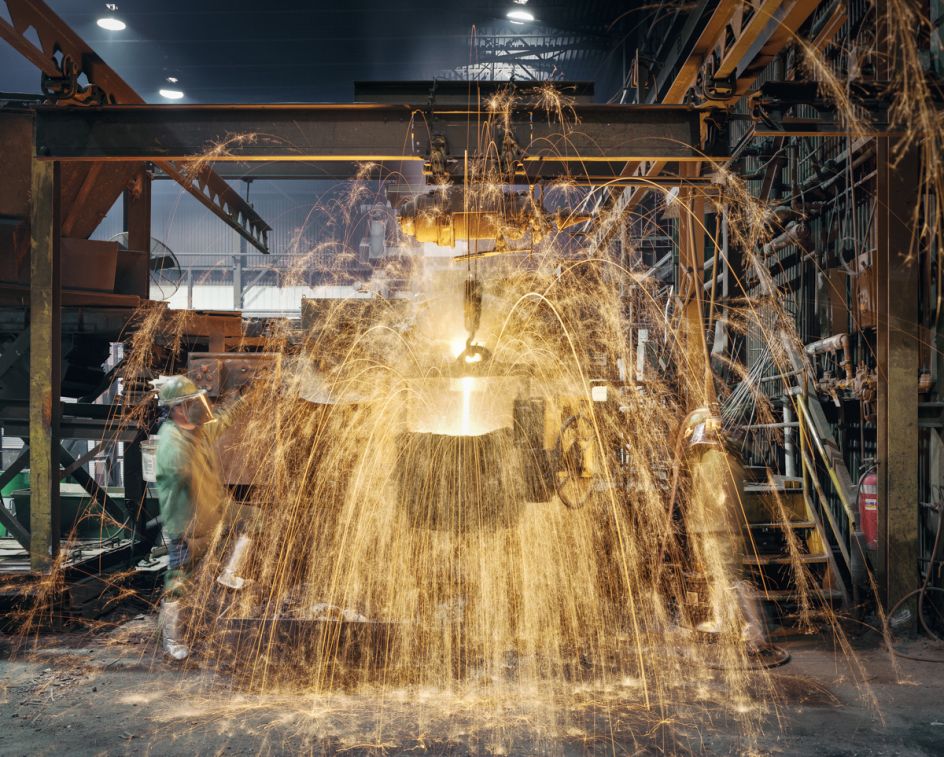
Steinway - © Christopher Payne
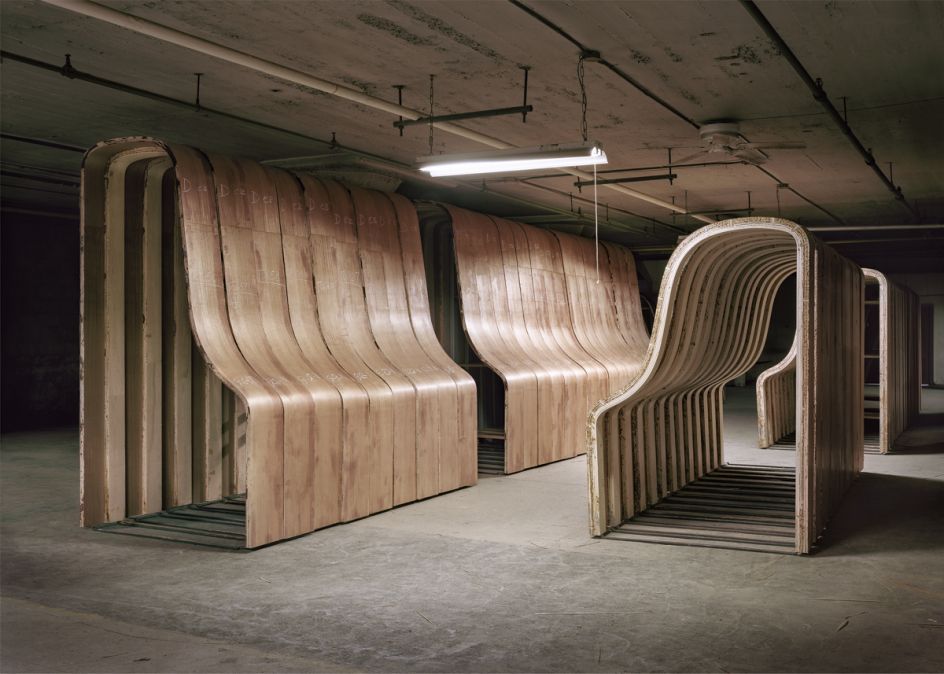
Steinway - © Christopher Payne
What has changed during your career? For better?
I am thankful that I have found a way to balance commercial work with editorial assignments and artistic projects. I am also fortunate to be represented by the Benrubi Gallery in New York City, and in company with an incredible roster of other artists.
I also started working with Esto, a commercial photography agency, founded by the preeminent architectural photographer of the twentieth century, Ezra Stoller. It’s a huge honour to continue this tradition and have a support team in place to help with client interface, billing, archiving, etc. They let me spend more time doing what I love, which is taking pictures!
And for worse?
Many of the places I photographed have been demolished. Having spent hours inside these buildings, working alone and undisturbed, I developed a certain intimacy with them and a strong sense of protectorship. Seeing them torn apart was like losing a part of myself.
What has been your proudest work to date? Tell us more…
Probably Asylum, because of the many lives it has touched. The countless emails I have received over the years, from former patients, relatives of patients, and employees, are a heart-warming validation that it was all worth it. For this book, I also got to meet Oliver Sacks, who wrote the introduction. Spending time with him was an experience that I will never forget.
Who has been your biggest influence?
My parents, who nurtured my creativity and instilled a strong work ethic. In photography, my first mentor was Joe Elliott, who heads the art department at Muhlenberg College. We met in Ohio where he photographed one of the bridges I was documenting for the Park Service. I remember him unfolding a small, beat-up 4x5 field camera and wondering how anyone could take pictures with this thing. And then I saw the stunning results.
Years later when I was starting out, he accompanied me on shoots, patiently teaching me as I fumbled along. I still use his old camera bag, the one he gave me, for sentimental reasons—and inspiration.
Was there a moment in your career when you took a risk to move forward?
"The transition to photography and letting go of my architecture career took more than eight years. The final decision to take the plunge was made for me, conveniently, when my architecture office closed in 2008. After that, I realised it was now or never."
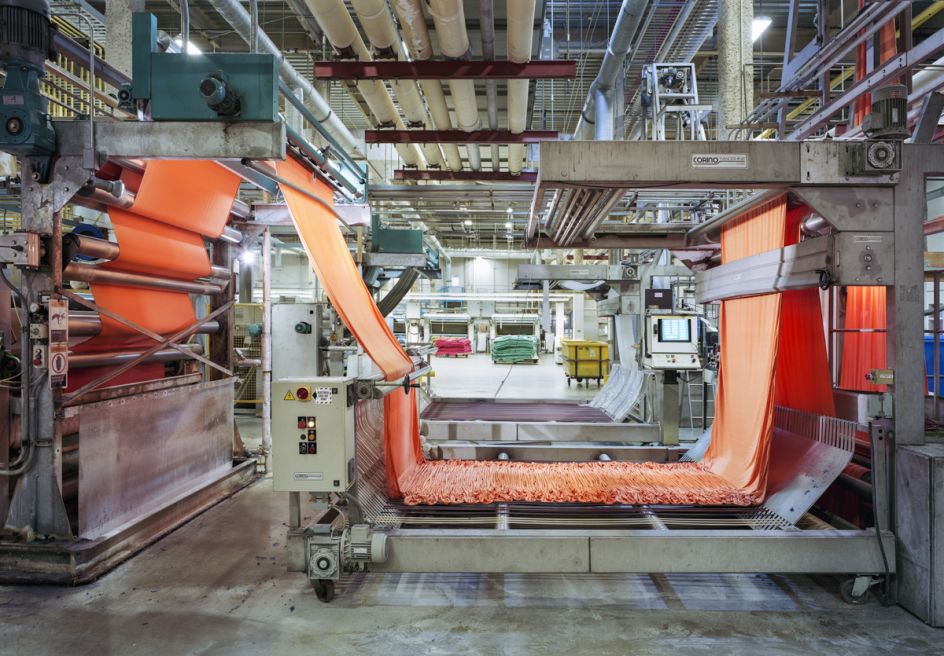
Textiles - © Christopher Payne
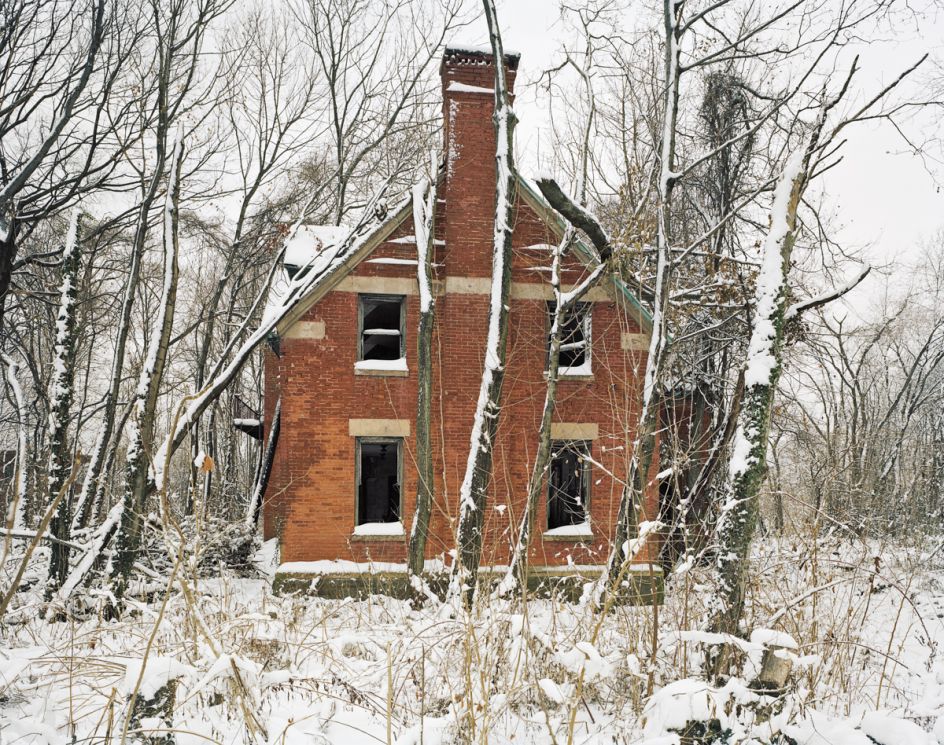
North Brother Island - © Christopher Payne
Describe your setup – tools, software, kit…?
For my commercial architectural work, I rely on a Canon 5Ds, because the large file size gives me plenty of room to crop. But for much of my personal work, I still shoot film with a 4x5 view camera. In some of the working factories, where time and access is limited, I’ll use a medium format Mamiya and Credo digital back with Schneider lenses.
I try to rely on available light but I do love my Profoto B1 strobes for their ruggedness and portability. All post-work is done in Photoshop, Lightroom and Capture One. For books and exhibitions, I scan my negs on an Imacon or have them drum scanned and digitally C printed by Griffin Editions in Brooklyn. I enjoy the collaboration and love to see how they interpret my images and make them look better.
Tell us about a typical day?
Most of my time is spent juggling commercial work with fine art projects, so there is no 'typical day'. The business side of photography seems to take an inordinate amount of time, which is frustrating, but I’d rather be working for myself than someone else. I’m grateful that I get to do what I love, even on bad days.
What one thing can't you live without? And why?
I didn’t buy my first camera, a Horseman 4x5 monorail until I was 30, and I continue to use this and Schneider lenses for much of my personal work. There’s nothing to upgrade, no electronics, and few moving parts—just metal and glass. I love the meditative, deliberate process, and the excitement of getting the negatives back from the lab. It's like opening presents at Christmas!
"Enjoy the process, even if you fail. The journey is the fun part."
What was the last book you read that made an impact? Tell us more…
One question that kept nagging me while I was working on my book, North Brother Island: The Last Unknown Place in New York City, was whether my pictures offered a deeper meaning, beyond their aesthetic appeal and documentary value. Interpreting ruins as metaphors for the transience of humanity seemed obvious. But what if these ruins embodied the future and not just the past? What if all humankind suddenly vanished from the earth?
This was the theory proposed by Alan Weisman in his fascinating book The World Without Us, and it liberated my imagination. The collapse of New York City and its return to a natural state had already happened on NBI. Weisman’s words could well have been captions for my photographs, and in them I found the affirmation I was looking for: a way to connect my pictures to a universal story, one that looks into the future and deals with the conundrum of our living in a natural world that we try to alter but that always reasserts itself in the end.
What three tips would you give to photographers just starting out now?
Don’t worry about having the latest and fanciest equipment; choose a camera that you like to use, one that feels good in your hand and makes you want to go out and take pictures. Then focus on refining your craft. And don’t forget to write; a succinct artist statement will help clarify your vision and eliminate clutter. Most of all, enjoy the process, even if you fail. The journey is the fun part. That’s four tips!
What kind of legacy do you wish to leave?
I hope to leave a body of work that contributes to our nation’s cultural heritage and inspires future photographers. That sounds sappy but I believe it to be true.
To find out more about Christopher, visit his website at www.chrispaynephoto.com. Or you can find him on Facebook.




 by Tüpokompanii](https://www.creativeboom.com/upload/articles/58/58684538770fb5b428dc1882f7a732f153500153_732.jpg)


 using <a href="https://www.ohnotype.co/fonts/obviously" target="_blank">Obviously</a> by Oh No Type Co., Art Director, Brand & Creative—Spotify](https://www.creativeboom.com/upload/articles/6e/6ed31eddc26fa563f213fc76d6993dab9231ffe4_732.jpg)








